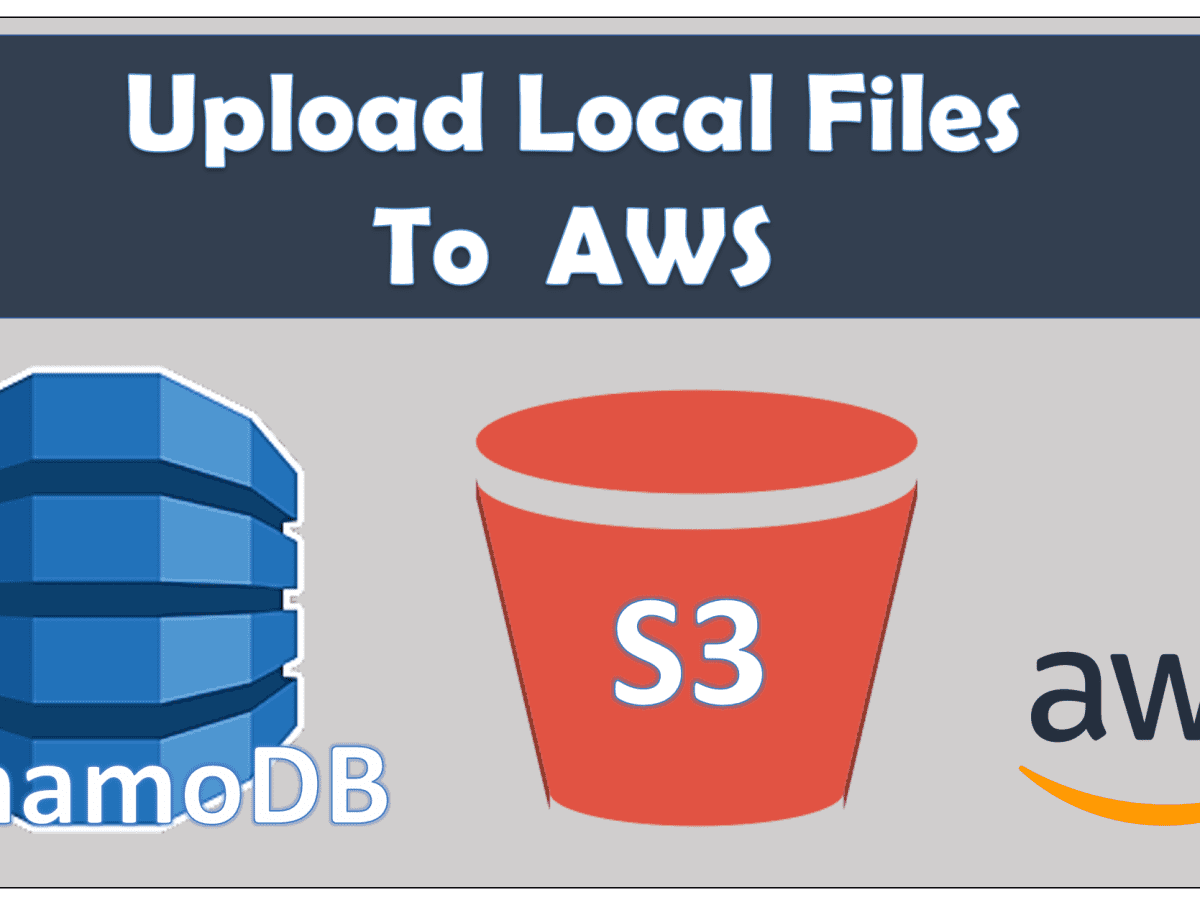
- How to integrate local dynamodb with maven for testing how to#
- How to integrate local dynamodb with maven for testing zip file#
- How to integrate local dynamodb with maven for testing code#
- How to integrate local dynamodb with maven for testing zip#
How to integrate local dynamodb with maven for testing how to#
In this section, I show you how to launch an AWS CloudFormation template, a tool that creates the following resources:
How to integrate local dynamodb with maven for testing code#
The CodeDeploy plugin then uploads the newly zipped file according to the S3 bucket location provided to CodeDeploy as a source code for its new deployment operation.

This plugin uses the CodeDeploy application name, deployment group name, and deployment configurations that you configured to initiate a new CodeDeploy deployment. The CodeDeploy plugin selects and zips all workspace directory files.
How to integrate local dynamodb with maven for testing zip#
zip file, and leave only the source bundle contents for the deployment.
How to integrate local dynamodb with maven for testing zip file#
At this point, the workspace directory should include the original zip file downloaded from the S3 bucket from Step 5 and the files extracted from this archive.

In this testing scenario, I configured the trigger to perform every two minutes. This option makes Jenkins check the configured repository for any new commits/code changes with a specified frequency. In the second step of my automation procedure, I enabled a trigger for the Jenkins server using an “ Poll SCM” option. I chose the GitHub option, which by design clones a copy from the GitHub repo content in the Jenkins local workspace directory. To automate this scenario, I added source code management to the Jenkins project under the Source Code section. The deployment workflow starts by placing the application code on the GitHub repository. It then produces code artifacts that can be used by CodeDeploy to deploy to your production environment automatically. The functioning pipeline creates a fully managed build service that compiles your source code. When properly implemented, the CI/CD pipeline is triggered by code changes pushed to your GitHub repo, automatically fed into CodeBuild, then the output is deployed on CodeDeploy. In this post, I explain how to use the Jenkinsopen-source automation server to deploy AWS CodeBuild artifacts with AWS CodeDeploy, creating a functioning CI/CD pipeline.


 0 kommentar(er)
0 kommentar(er)
